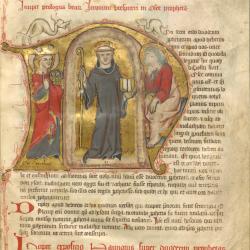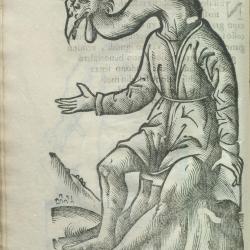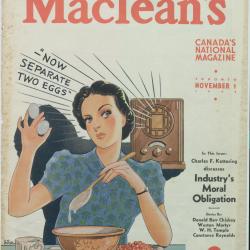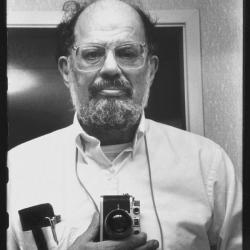Certaine Worthye Manuscripts: Medieval Books in the Fisher Library
The medieval bishop and bibliophile Richard de Bury describes books as an "infinite treasure," for they, more than any other human contrivance, are able to preserve the knowledge and the wisdom, as well as the follies and the failures, of previous generations – "in books I find the dead as if they were alive." This exhibition aims to bring the medieval world to life by drawing on the many treasures from the period to be found in the Fisher Library. It celebrates the medieval book, and the medieval written word more generally, in all its variety in terms of both subject matter and physical form. Included are books on topics from religion to science and history to the law and in formats from the codex to the charter to the tally stick. Though the main focus of the exhibition is on medieval manuscripts – that is, books written by hand – it also explores the transition from handwritten to printed books that began at the very end of the medieval period. Medieval books, and especially their aesthetic qualities, have been a recurrent source of inspiration for the makers of books in subsequent periods, and the exhibition also examines this medievalist tradition in book production, especially in the eighteenth and early nineteenth centuries.
This exhibition was curated by the Fisher Library’s PJ Carefoote, Timothy Perry, and Nadav Sharon. It ran from September 6 through to December 20.










 The British North America Act of 1867, the document that provided the constitutional structure for the new Dominion of Canada, is not as evocative a document as Magna Carta, nor does it contain the lofty prose of the American Declaration of Independence. It is a prosaic piece of legal writing, crafted by relatively conservative French Catholics and stolid English Protestants who saw in their union the advantages of ‘peace, order, and good government’. Like those it would govern, it might best be described as unassuming. Concealed in its cautious language, however, are almost three hundred years of struggle to become a people.
The British North America Act of 1867, the document that provided the constitutional structure for the new Dominion of Canada, is not as evocative a document as Magna Carta, nor does it contain the lofty prose of the American Declaration of Independence. It is a prosaic piece of legal writing, crafted by relatively conservative French Catholics and stolid English Protestants who saw in their union the advantages of ‘peace, order, and good government’. Like those it would govern, it might best be described as unassuming. Concealed in its cautious language, however, are almost three hundred years of struggle to become a people.